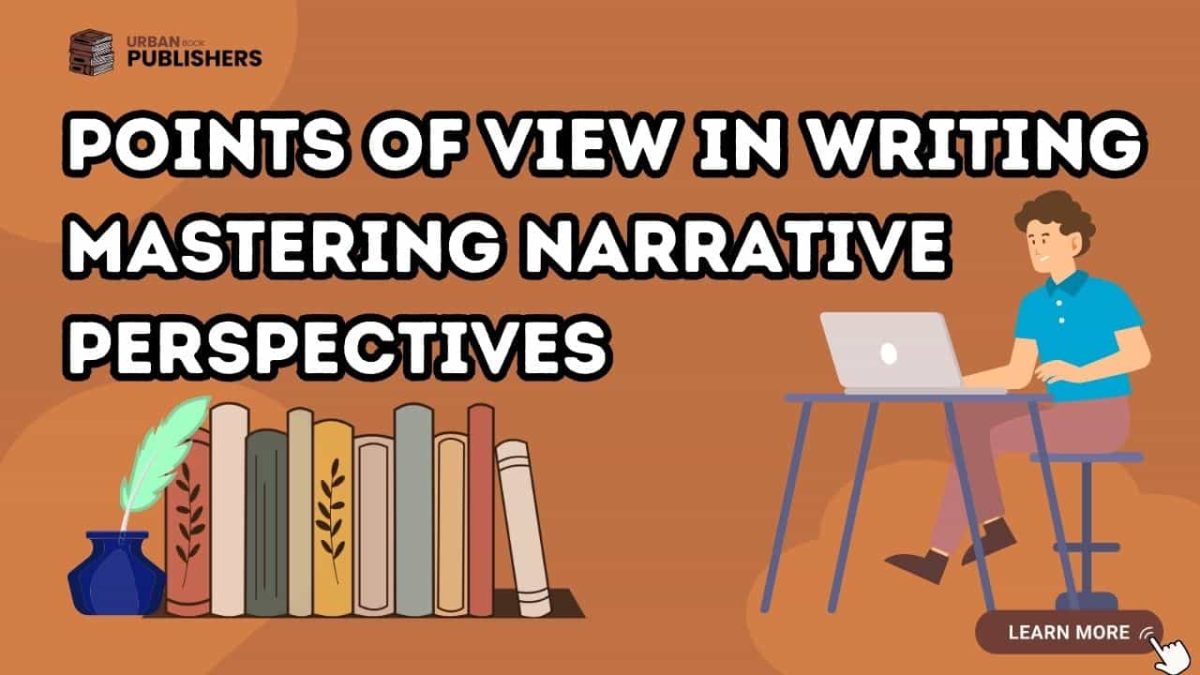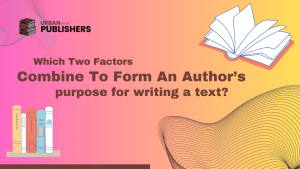
Writing
Click Play To Listen To The Article.
In writing, narrative perspective is a crucial element that shapes how a story is told. So choosing the right point of view can greatly influence the reader’s experience, offering unique insights into characters and events. Here, we will explore the various narrative perspectives writers can employ to bring their stories to life.
What is Narrative Perspective?
Narrative perspective refers to the vantage point from which a story is presented to the reader. Perspective vs Point of View Understanding the Difference. It dictates who the narrator is and how much they know about the characters and events. The three primary narrative perspectives are first-person, second-person, and third-person.
1. First-Person Perspective
In the first-person perspective, the narrator is a character within the story, speaking directly to the reader using pronouns like “I” and “we.” This perspective delves into the narrator’s thoughts, emotions, and experiences. It creates a close connection between the reader and the narrator, allowing the reader to see the world through their eyes.
For instance, “I walked along the city’s bustling streets, my heart racing with anticipation.”
2. Second-Person Perspective
The second-person perspective addresses the reader as a character in the story. This viewpoint uses the pronoun “you,” pulling the reader directly into the narrative. While less common in literature, this perspective is often used in instructional or interactive writing, where the reader participates actively.
For example, “You find yourself standing at the crossroads, unsure which path to take.”
3. Third-Person Perspective
The third-person perspective involves a narrator who is not a character in the story. They use pronouns like “he,” “she,” or “they” to describe the characters. This perspective can be further divided into limited and omniscient.
-
Limited Third-Person
The narrator focuses on the thoughts and feelings of a single character… Past Tense vs Present Tense: Choosing the Right Narrative Style, providing insight into their perspective.
For instance, “She gazed out the window, longing for a new adventure.”
-
Omniscient Third-Person
The narrator has access to the thoughts and feelings of all characters, offering a broader understanding of the story’s events.
For example, “John and Emily both watched the sunset, each reminiscing about their cherished memories.”
Choosing the Right Perspective

The appropriate narrative perspective is essential to effectively convey your story’s message… Mastering the Art of Crafting a Compelling Book Proposal. and engage your readers. Here are some considerations to keep in mind:
-
Character Connection
If you want readers to deeply connect with a specific character, first-person or limited third-person perspectives can provide insight into their inner thoughts and emotions.
-
Reader Involvement
The second-person perspective can create a unique immersive experience, making the reader feel like an active participant in the story.
-
Multiple Viewpoints
Using omniscient third-person can help reveal multiple narrative angles for stories with complex plots and diverse characters.
-
Atmosphere and Tone
The chosen perspective can influence the story’s overall mood. Experiment with different perspectives to find the one that best suits the atmosphere you want to create.
-
Narrative Distance
Consider how close you want the reader to the characters and events. The First-person creates immediate intimacy, while the third-person can offer a more objective viewpoint.
Mastering Narrative Perspectives
To become a skilled writer, it’s crucial to understand how to master different narrative perspectives. Here are some key points to consider:
1. Choose Perspective Wisely
So choosing the right perspective depends on the story you want to tell. If you’re writing about one character’s trip, you can make a strong emotional link by writing in the first or limited third person. And for a more realistic experience, you might want to use the second person. So make your choice carefully based on the impact that you want to have.
2. Be consistent.
Keep your chosen perspective the same throughout the whole story. Changing points of view for no reason can confuse readers and throw off the flow of the story. If you want to change, do it at clear breaks, like chapters or parts.
3. Don’t tell, show.
No matter which perspective you choose, don’t forget the golden rule: “Show, don’t tell.” Use detailed words and vivid images so the reader can feel the characters’ feelings. So this will help to make a story more intense and interesting.
4. Make good use of dialogue
Conversations between characters can be a strong way to show who they are and how they relate. It’s especially helpful for showing things that might not be obvious from the narrator’s perspective. Let the conversation flow naturally to show what the characters think and what drives them.
5. Develop Unique Voices
Each character should have a unique voice that shows who they are and what they’ve been through. This is especially important in first-person and limited third-person perspectives, where the story is closely connected to the character’s point of view.
6. Experiment with Unreliable Narrators
An unreliable narrator can add interest and complexity to your story. This individual’s perspective or mental state may change what they say about what happened. The reader must figure out the truth from their biased or skewed point of view, adding mystery to the story.
Enhancing Storytelling Through Perspective
Narrative perspectives are powerful tools in a writer’s arsenal. They can enhance storytelling by providing depth, emotion, and unique insights into characters and events. Mastering these perspectives opens new avenues for creativity and connection with your audience.
Learning from the Experts
Studying the works of well-known writers can teach you a lot about how they have used different perspectives. Look at their approaches and consider how to use them in your work.
Practice and Experimentation
Like any skill, mastering narrative perspectives requires practice and experimentation. Don’t be afraid to try new approaches and learn from your successes and failures.
Seeking Feedback
Sharing your work with peers or writing groups can provide feedback on how effectively you’ve used different perspectives. Constructive criticism can lead to growth and improvement in your writing skills.
Moreover, sharing your work with professionals. Such as book publishers in new york city. So in literature, they play a pivotal role in bringing diverse narratives to readers. They collaborate with writers to ensure that narrative perspectives are effectively utilized to captivate audiences.
Essential Elements Demystified
| Perspective Type | Key Features | Writing Tips |
|---|---|---|
| First-Person | Narrator is a story character. Uses ‘I’ and ‘we’. | Create intimacy; delve into thoughts and emotions. |
| Second-Person | Reader as character. Uses ‘you’. | Involve reader; create an immersive experience. |
| Third-Person Limited | Focus on one character. Uses ‘he’, ‘she’. | Provide insight into a single character’s perspective. |
| Third-Person Omniscient | All-knowing narrator. Access to all characters. | Offer a broader view; cover multiple viewpoints. |
| Consistency | Maintain perspective throughout. | Avoid confusing readers; change at clear breaks. |
| Dialogue | Reveals character relationships and traits. | Use natural conversations; show don’t tell. |
| Unreliable Narrator | Narrator’s reliability is questionable. | Add mystery and complexity to the narrative. |
Conclusion
Narrative perspectives are a writer’s toolkit for creating engaging and memorable stories. By mastering the art of perspective, you can make stories that pull readers in and stay with them long after they’ve finished reading. So, use the power of narrative points of view, try out different points of view, and let your imagination grow. Your work will stand out more than ever.




